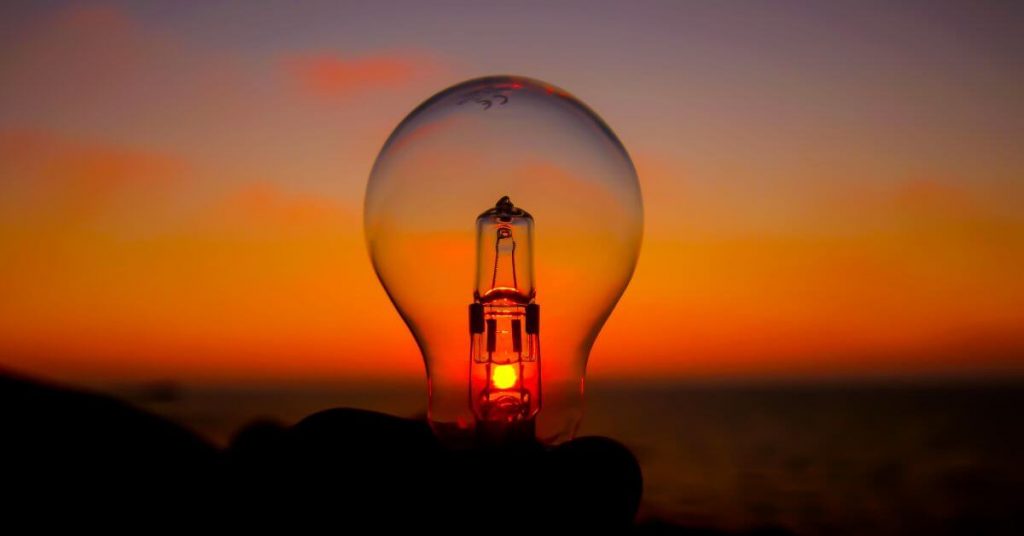Do you know The United States can source approx 40% of the country’s electric supply by 2035 by using Solar Power?
This study is done by the U.S. Department of Energy. According to that, the cheapest and fastest-growing source of energy can produce enough electricity to supply American Citizens. This process is also a wonderful employment opportunity for many in the country.
The United States has committed to lessening its carbon emissions to about 50% by the year 2030 so that it can achieve carbon-free energy by 2035. They also aim to be carbon-neutral by 2050 if the expected plans work. Before discussing future of solar power in the US , let’s understand the available types of Solar Energy that can lead the solar power ways in the country.
Table of Contents
Available Types of Solar Energy to Transform the Future
Solar power uses different technical methods to convert sunlight into electricity. As per these methods, there are three main types of solar energy:
- The use of semiconductors such as Solar Panels to transform sunlight into electricity is known as Photovoltaics devices.
- Use of a mirror to direct sunlight to a center point which produces much heat to run turbines or engines to generate electricity known as Concentrating Solar Power (CSP).
- The use of thermal heat from the sun to generate hot water and air conditioning, which replaces the electricity needed, is known as a Solar Heating and Cooling System (SHC).
By using Solar Power, the Global Warming effect can be reduced as this energy doesn’t produce Greenhouse Gases. As you have read, there are only benefits of switching to solar energy, hence The Future Of Solar Power in The US is bright. Let’s read some facts to support the statement.
More– 10 Proven Methods to Generating Solar Leads in New York
Some Facts About Solar Energy in The US
The US solar industry approximately employs 250,000-300,000 people and yields approx. 10-15 billion dollars of economic value. Solar PV is expected to grow super fast by the end of 2050.
Leading US State in Solar

California is the leading state of The US in solar energy with a maximum solar PV capacity having installed over 30,000 MW.
In the coming years, California, Texas, Florida, Nevada, and, North Carolina are boosted to have about half of the total PV capacities of the US. The first two states given have almost one-third of the total capacity.
Difficulties Faced by Solar Sectors

One of the biggest challenges faced by The US for having solar power is tariff imports placed on solar panels. Another reason for the difficulties is the problems faced by firms to have enough qualified employees for the solar industries. This is one of the reasons to be the hurdle in enhancing solar sectors.
Global Comparison of the US Solar Sector

In terms of solar PV deployment, The US has the second rank after China in the first place. The global PV growth in 2020 was near 100GW/year and it is expected to triple by 2050. North America is single-handedly responsible for 20% of total solar deployment.
Major Findings of the Solar Futures Study

- Decarbonization needs an important acceleration of clean energy deployment that can give employment to around 1.5 million people by 2035 in the solar sector.
- The keys to maintaining grid reliability are storage, transmission expansion, and load and generation flexibility.
- Solar energy deployment does not actually depend on land area availability. It requires only 0.5% of The US’ contiguous surface area by 2050.
- Deeper Carbonization is the result of the expansion of the clean electricity supply.
In short, Solar power deployment brings
- Jobs for suitable people
- Increased energy resilience
- Electricity bill savings
- You can Reduce Your CPC
Visions of Solar Future
As per the study, there are three different scenarios: A basic case supporting current policies and trends, another decarbonization scenario in which the current electric power system is decarbonized by 95% by 2035 and 100% by 2050, and the last one is a decarbonization-plus-electrification case that significantly grows electric grid to power up the electrification of buildings, transportation, and industries.

With such visions, researchers of NREL (National Renewable Energy Laboratory) collaborated with various sectors to know the results of each and every scenario. This will describe future-rich results with many opportunities for solar power integrations. Some of these integrations are
- Electric vehicles co-optimization
- Wide adoption community for solar energy support
- Solar system recycling.
Final Words
The Future of Solar is very bright…!!!!
As you know, the changing world supports clean energy. The reason behind this is not only the clean sources of energy but also the sound economic senses. Storing extra energy from sunlight during sunny days in solar batteries makes it easier to get the energy in cloudier or stormy weather. In brief, you can get reliable energy at a comparatively low cost that can benefit the nation.
As per studies, the total installed solar capacity in the U.S. is targeted to get doubled in the next five years. And also around 80% of Americans think about investing in solar power. They also think to get more reliability, security, more choices, and more transparency with the latest technology to support the solar power future.




